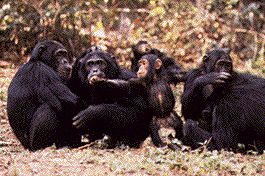Speciation - What is chromosomal evolution?

Applying the theory
If the theory is correct, we can predict an association between whether or not the members of a taxonomic group have an inbred population structure, their rate of speciation, and of chromosomal change.
Some species live in small social groups, or otherwise have subdivided populations, and in these the degree of inbreeding will be higher than in a species in which individuals outbreed in a large population. Bush et al. tested whether genera whose members live in small family groups have a higher rate of speciation and chromosomal evolution than panmictic genera.
They collected evidence for 225 vertebrate genera. For each, they counted the number of species in it and its chromosomal diversity. The two are correlated, as would be predicted by almost any theory. They then argued that the taxa with higher speciation rates tended to have subdivided population structures; mammals, especially primates and horses (though not whales), have high rates of speciation and chromosomal evolution; amphibians, reptiles, and fish have lower rates - which perhaps explains the existence of living fossils. Primates (like these chimps pictured opposite) and horses are two taxa that usually live in social groups.
It is therefore possible that taxa with subdivided population structures do have higher speciation rates, and maybe this is due to the way chromosomal evolution can proceed more rapidly in these kinds of species.
| Next |



